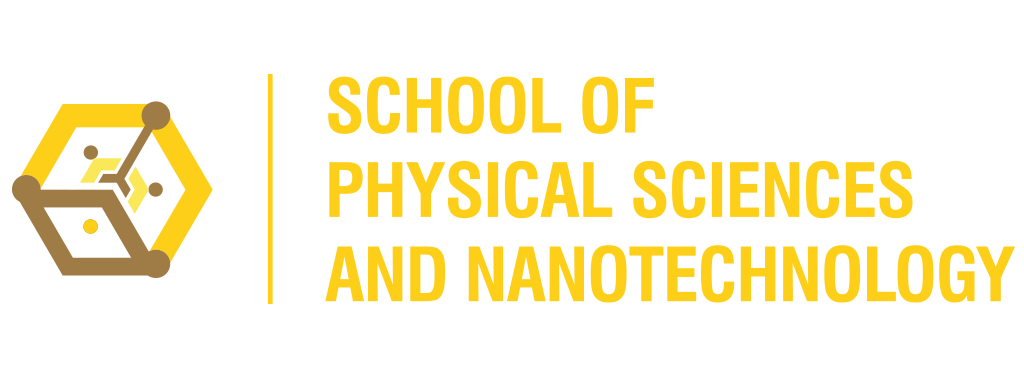- Scientific instrumentation, equipment for education, development of research equipment
- Applied adaptive projects for the industry and the community
- Fabrication of a device for condensing water for drip irrigation systems using graphene-coated surfaces.
- Manufacture of electrodes with nanomaterials for the construction of microbial cells for the generation of electricity.
- Scientific Instrumentation in physics of matter, equipment for education and reference measurements in laboratories, industrial projects
This line of research aims to build, within the University itself, the necessary equipment in the area of physics to establish competitive lines of research that are unique in the country, region and in the world. The possibility of bringing research results and adapting them to the needs of the industry and the community is at the heart of the Research University’s proposal. The value of this line of research has been shown especially in the context of the Pandemic. Due to the variety of proposals that can arise from within the School, the possibilities are unlimited.
- Study of the “Swallowing” Processes (Accretion) of matter around Black Holes in the Galactic Centers
- Study of scalar cosmological perturbations for different models of inflation
- Experimental and applied nuclear particle physics: KM3NeT (IT, FR) and ν-Angra
This line of research studies gravitational physics, the origins and evolution of the large-scale universe based on the 4 fundamental pillars: 1) the expansion of the universe observed by Hubble, 2) the observed abundance of light elements predicted by Gamow and his collaborators, and 3) the presence of the cosmic microwave background radiation as a highly isotropic blackbody radiation at a temperature of about 3 K, which exhibits a high degree of uniformity with inhomogeneities of about one part in 105. Thanks to the observation of the WBC by Penzias and Wilson. Thus the big bang model became the leading candidate to describe our universe, thus providing a framework for studying the history of the universe). The line of research also carries out its activities leveraged on scientific cooperation with two R&D infrastructures: KM3NeT (Italy, France) and ν-Angra (Brazil). KM3NeT is a multidisciplinary – multipurpose facility, included in the ESFRI (Europe) and LASF4RI (Latin America) roadmaps, being built and operated in the depths of the Mediterranean Sea.
- Complex Systems
- Granular systems and porous media
Complex and interdisciplinary systems is the name given to the field of contemporary Physics that studies collective phenomena that emerge from the interaction of many components in a system, without the need for external influence or a predetermined design, and that cannot be described from local or individual behavior. Although they are found in a variety of contexts, physical, chemical, biological, social, economic, complex systems have been found to exhibit collective behaviors with universal characteristics, such as: synchronization, self-organization, pattern formation, differentiation, adaptation, order-disorder transitions, connectivity networks. It is a naturally interdisciplinary field of research, where Physics concepts and tools are applied to very diverse systems, and which has opened up possibilities for collaboration with specialists from other areas in the search for solutions to global and strategic problems for humanity.
- Quantum Teleportation
- Open hybrid quantum systems
- Quantum computers and topological systems
- Entangled quantum spectroscopy
- Study of the Klein-Gordon equation for different potentials (wells and barriers)
This line of research is related to advanced topics in quantum mechanics. That is, it studies the causality of noise in different quantum teleportation protocols. In the case of hybrid quantum states, we formulate new characterization measures of correlations between subsystems in open quantum systems. Following the rapid development in the area of quantum computing, the quantum perceptron is being implemented in the use of the IBM quantum computer. Furthermore, we use the quantum annealing approach to solve a wide variety of NP problems. Since quantum computers allow us to simulate different quantum systems, universal quantum simulators of Klein-Gordon and Dirac particles at arbitrary potentials are being developed using the quantum circuit model. This may be related to the investigation of analytical models of the time-independent Klein-Gordon equation 16 for different potentials, both for bound states and dispersion solutions. The transparency induced by two entangled photons has allowed the detection of intermediate levels of electronic transition that occur during the absorption of two photons, which is being studied taking into account the spatial entanglement between vortex beams.
- Theoretical Spectroscopy
- Surfaces and Interfaces at the nanoscale
- Computational modeling of novel materials
- Theory in Materials Science of low-dimensional systems, spintronic transport, and proximity effects.
- Synthesis, Modeling and Application of 2D Materials
- Theoretical condensed matter physics in low dimensional systems
This line of research considers a wide range of systems that are mainly concerned with modeling at the nanoscale; many properties and their technological applications depend on physics and chemistry at the nanoscale. In general, the theoretical development of materials allows us to predict their behavior and therefore their applications.
- Design of nanostructured materials
- Surface analysis of materials and nanomaterials using ray photoelectron spectroscopy (XPS-X-Rey Photoelectron Spectroscopy) and Auger spectroscopy
- Raman spectroscopy with surface enhancement (Surface-Enhanced Raman Spectroscopy -SERS)
- Study of magnetic black sands of Ecuador
- Biomaterials with luminescent properties
- Study of nanomaterials for controlled release
- Low cost biosensor design
- Synthesis and characterization of nanostructured materials
- Synthesis and characterization of graphene-based nanostructures
- Synthesis of quantum dots from biosensor precursors
- Low-dimensional materials: synthesis, characterization and modeling
This line of research contemplates the synthesis and characterization of nanoscale materials using different techniques and correlating this characterization with optical, magnetic and electrical properties.

